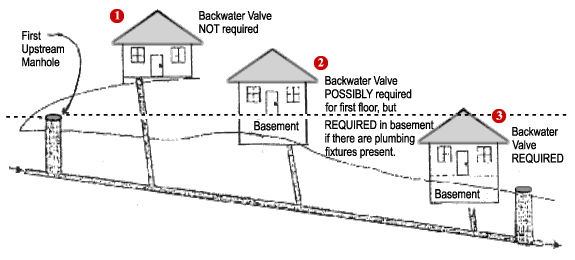There is a trend now where some businesses are letting their employees have a small garden on their property. I had an idea a year or so ago that I think might fit nicely for some churches.
Many churches have land that is unused. I know of two near me that have HUGE plots that sit unused. Some might be willing to start a community garden and rent space. Local lumber yards might donate some lumbar and write it off as a deduction. Local garden centers might be willing to donate some soil too. A compost center could be established and acceptable kitchen waste could be dumped here.
If they built ten 4×4 beds and paid for the lumber, they could get congregants to put them together and fill them with soil. They could rent the 4×4 bed for say $25 for the season, that’s only $250, but if that money was used the following year to increase the amount of beds, the income would build over time.
Depending on local laws, they could also start a farmer’s market and rent space. Growers from the boxes could buy a stall and sell any excess produce (not likely from one 4×4 box, but you get the idea).
This would be a great way to build community and I have heard it said that gardening is the gateway drug to preparedness.






